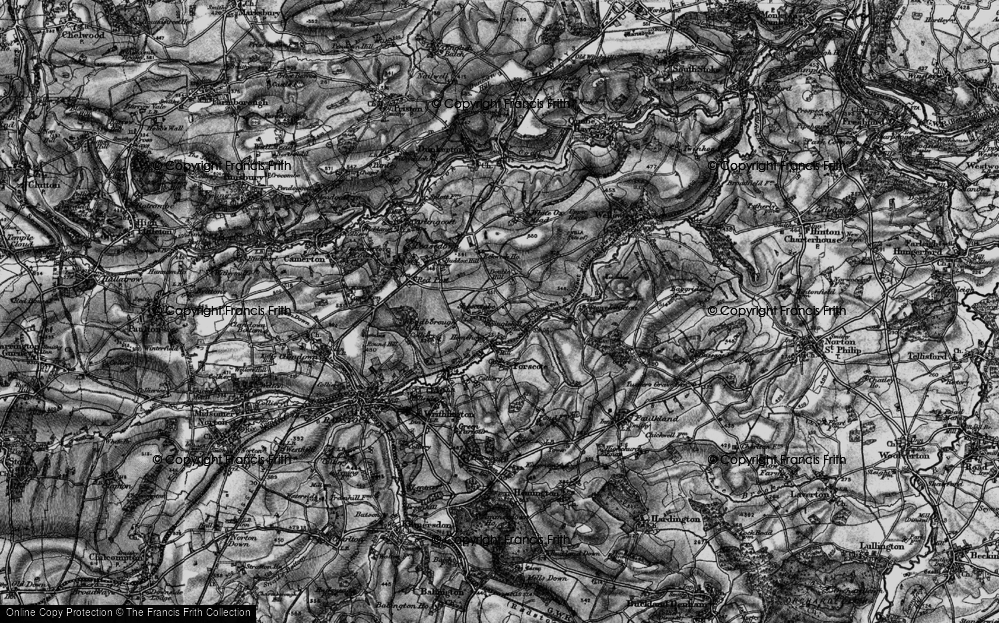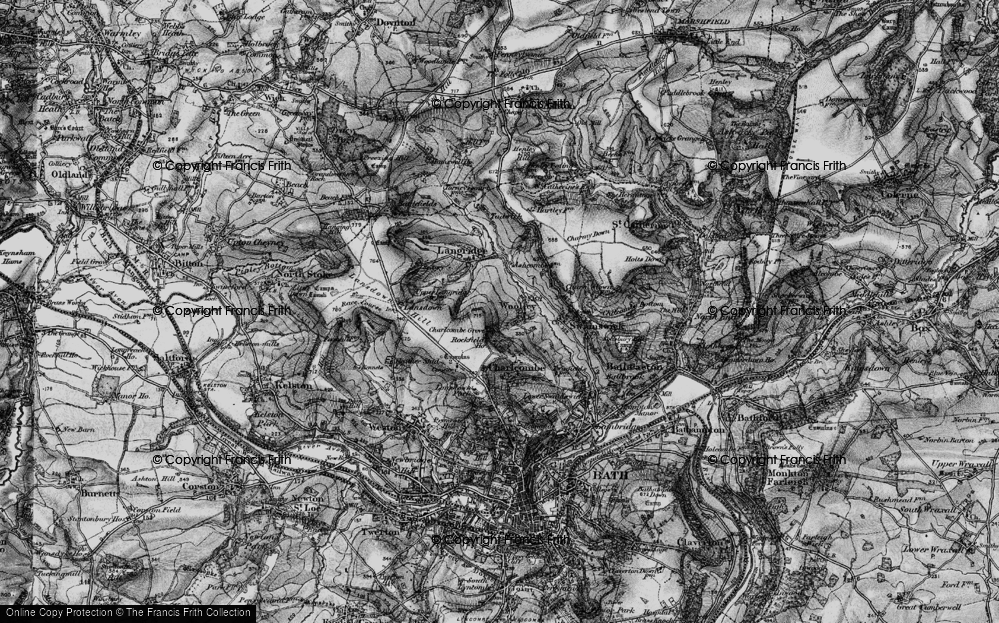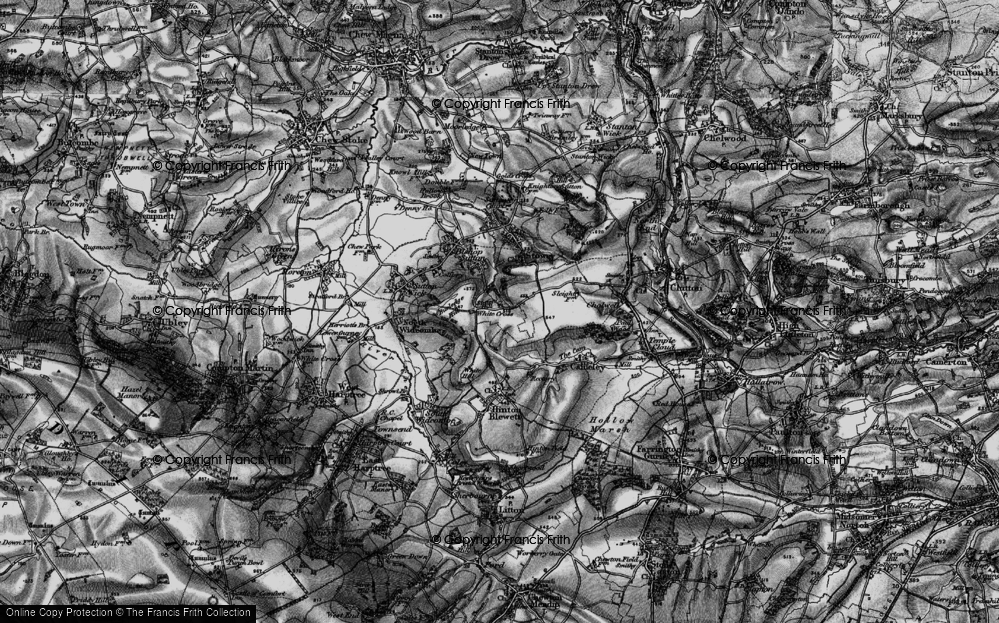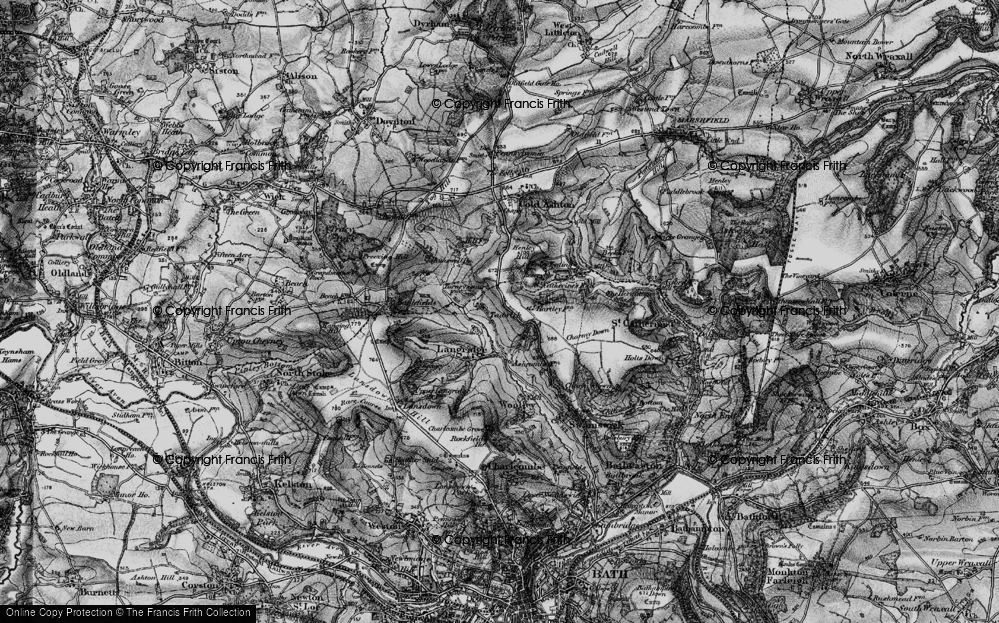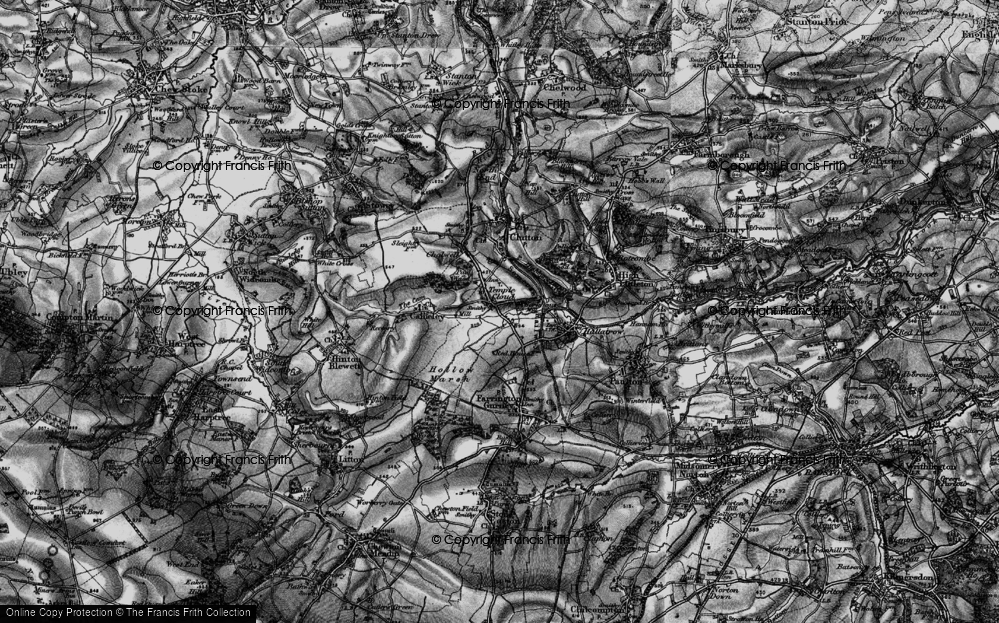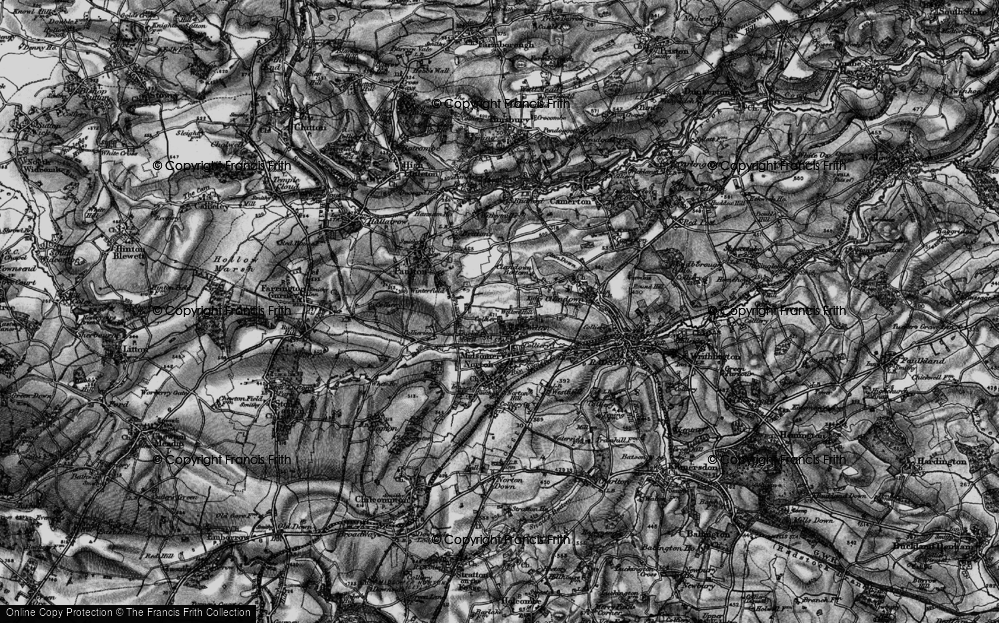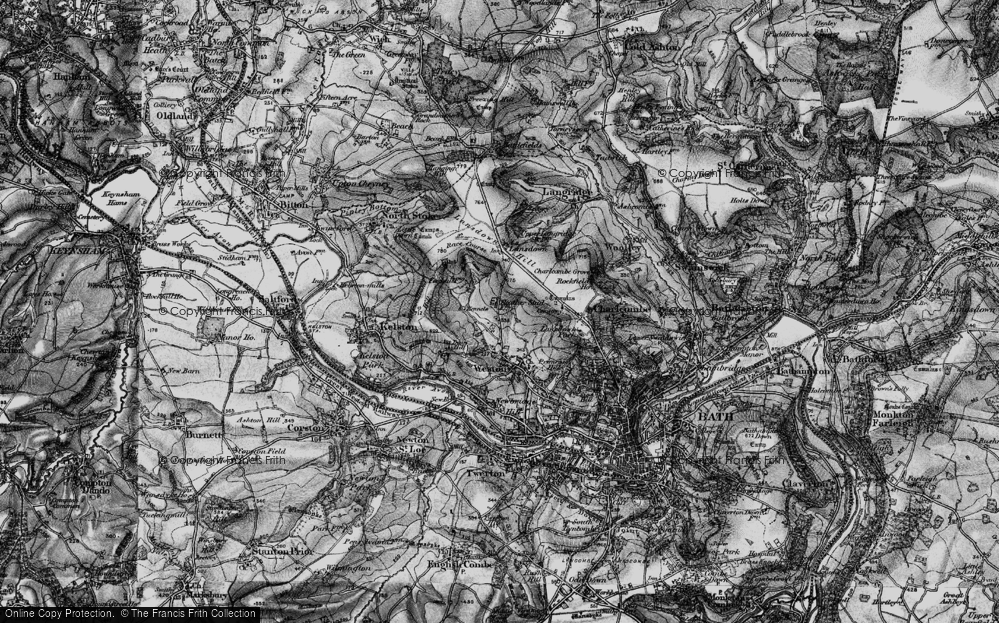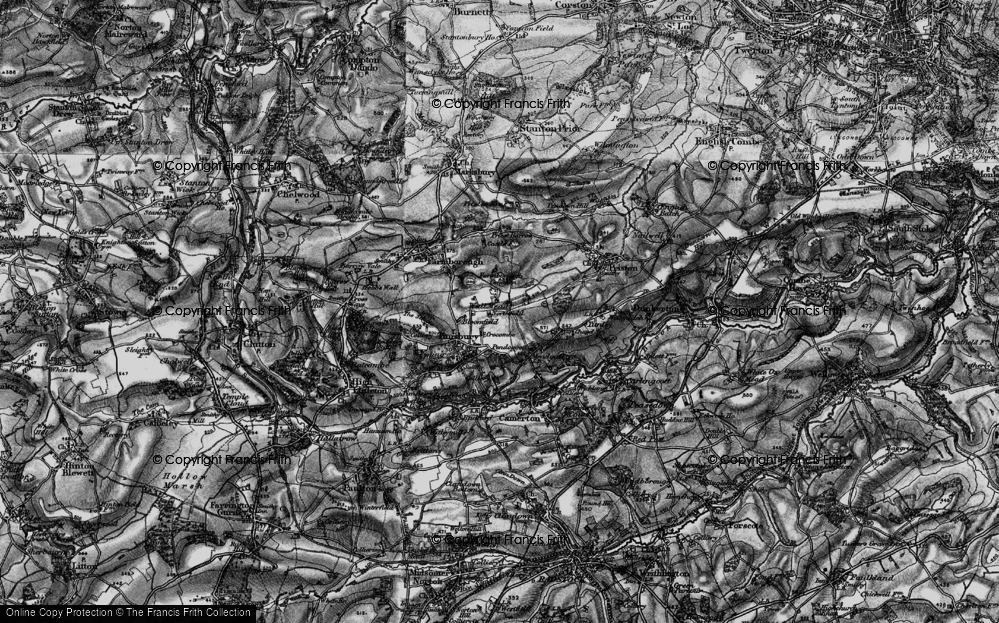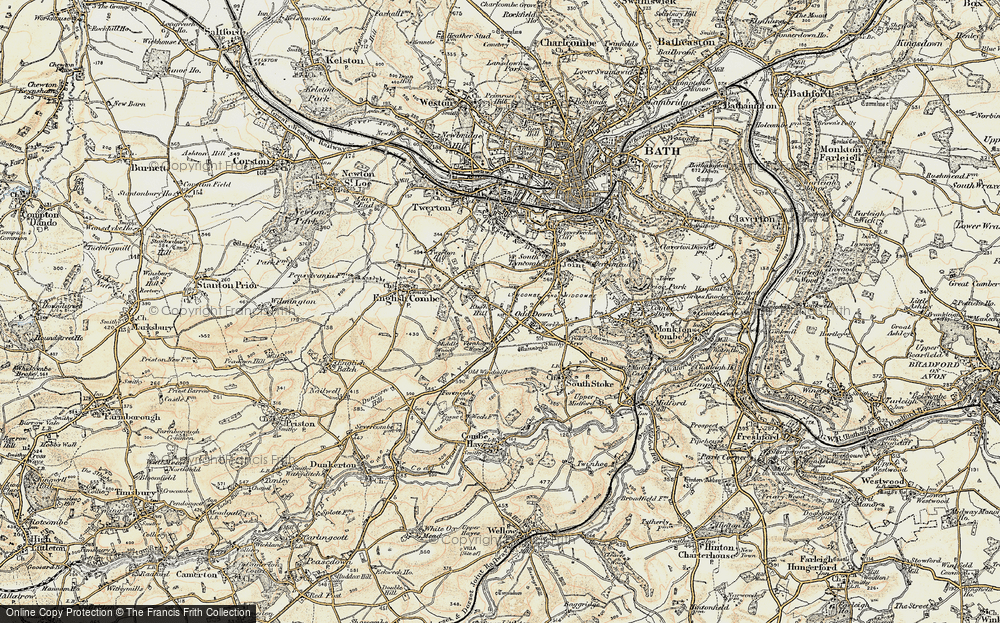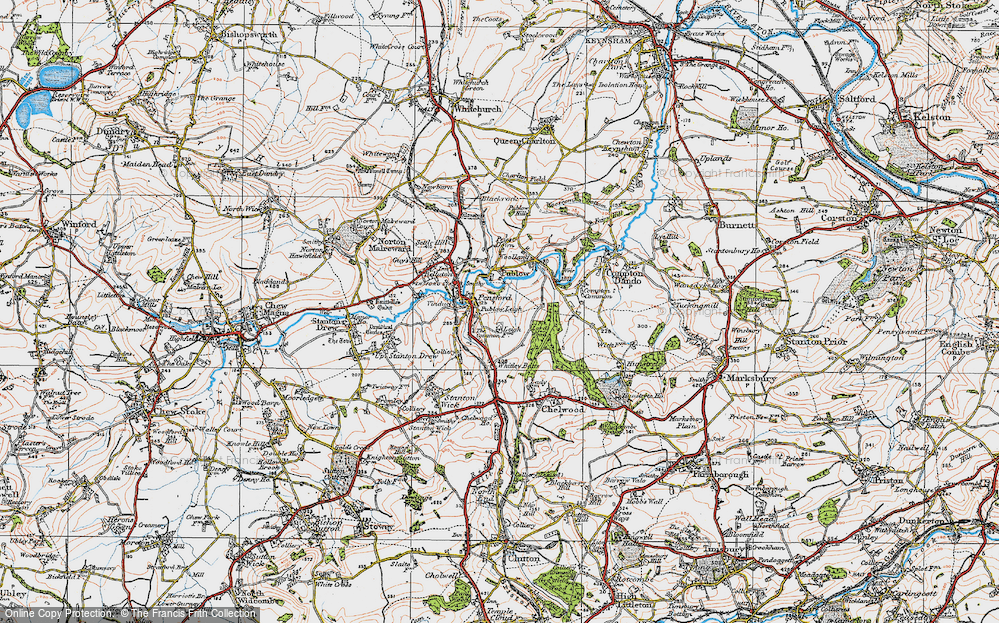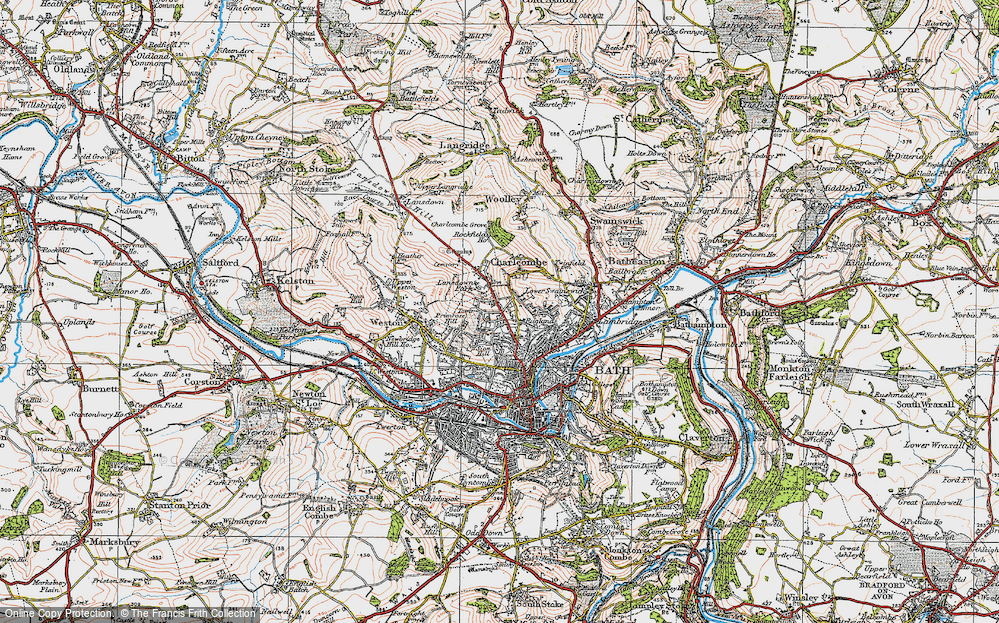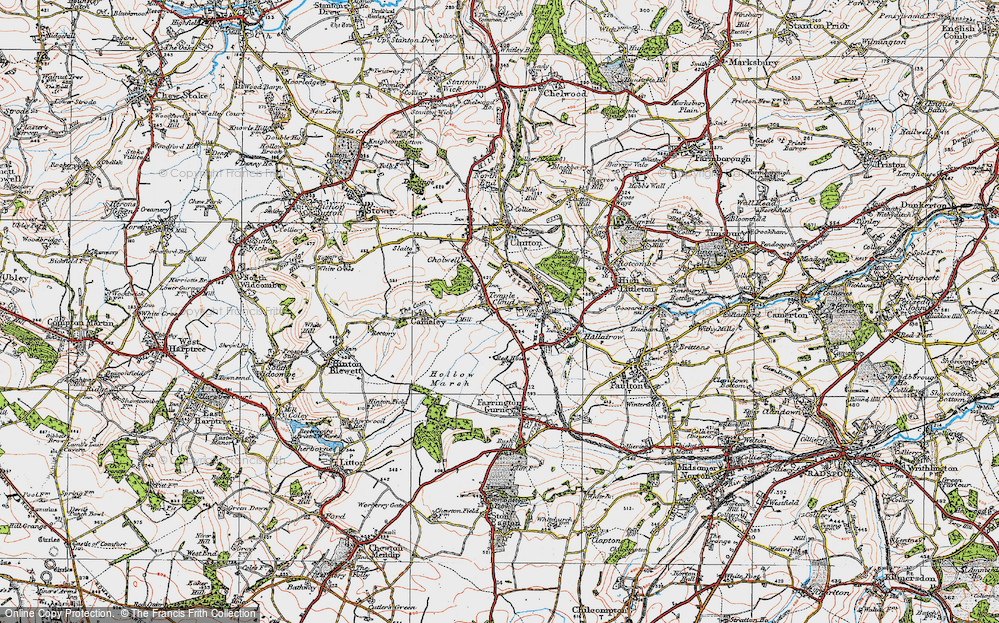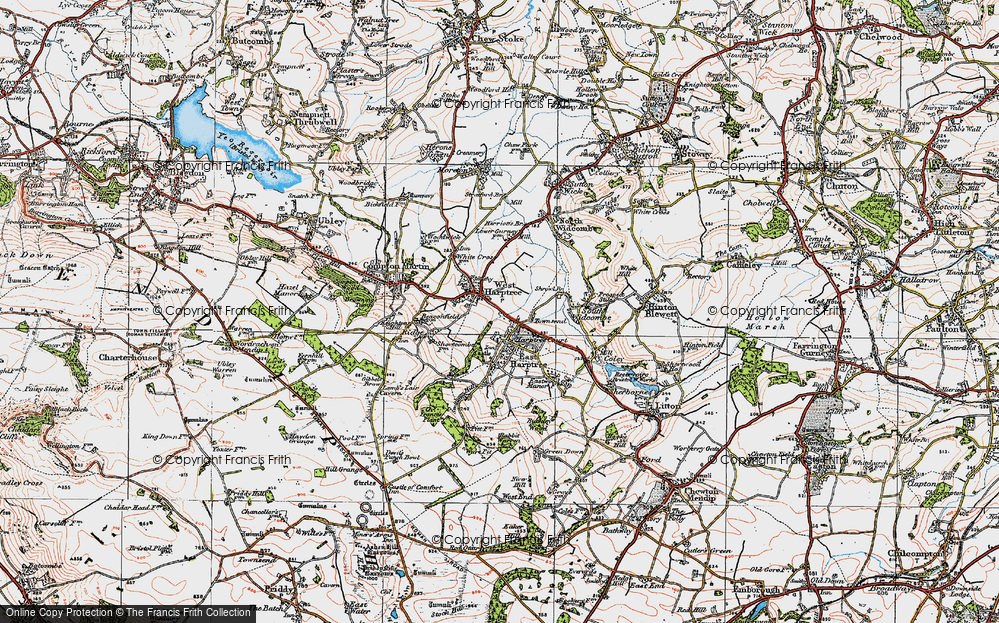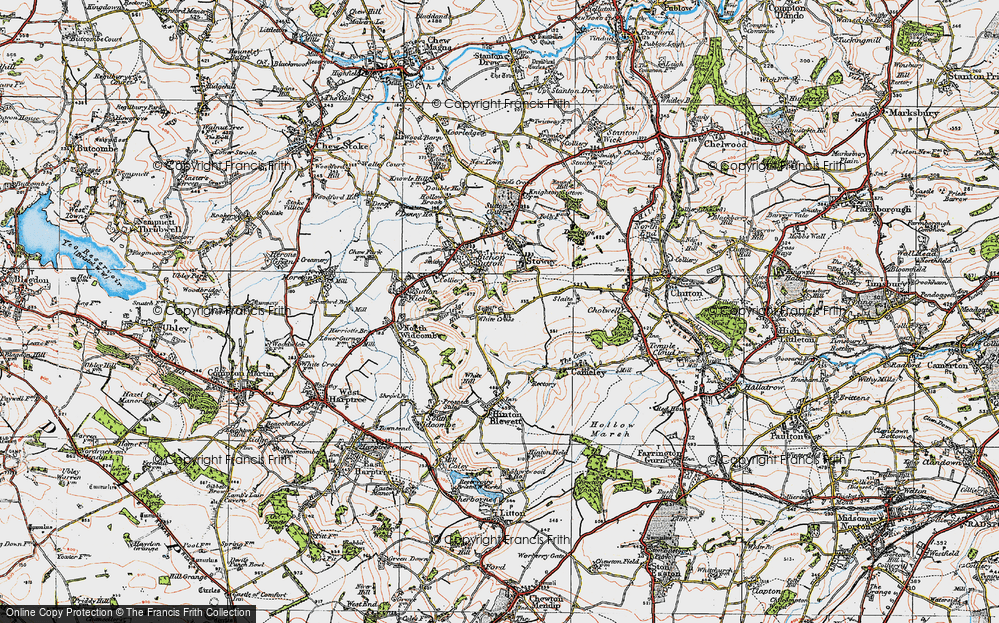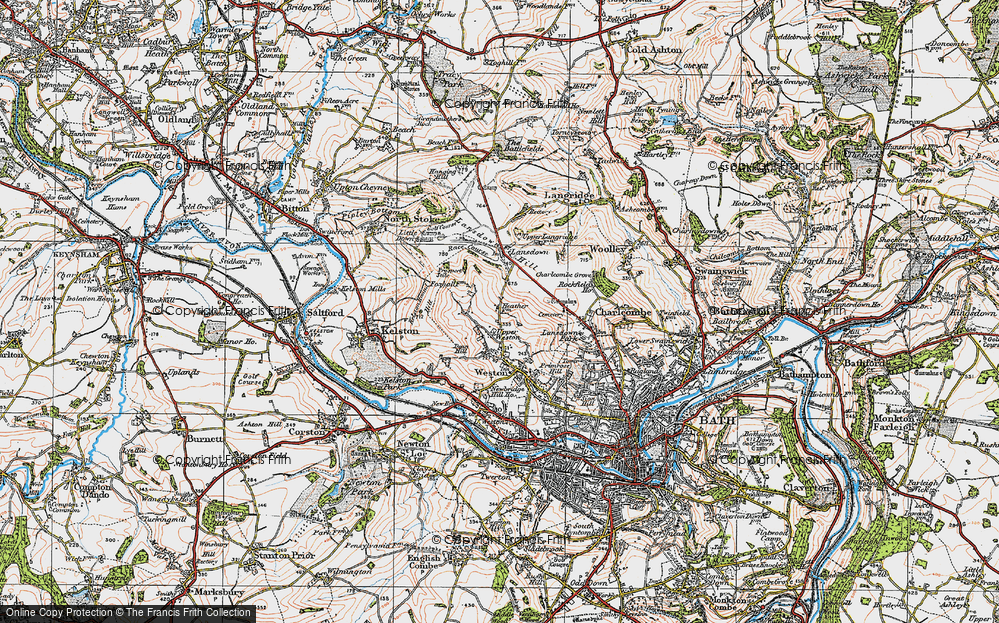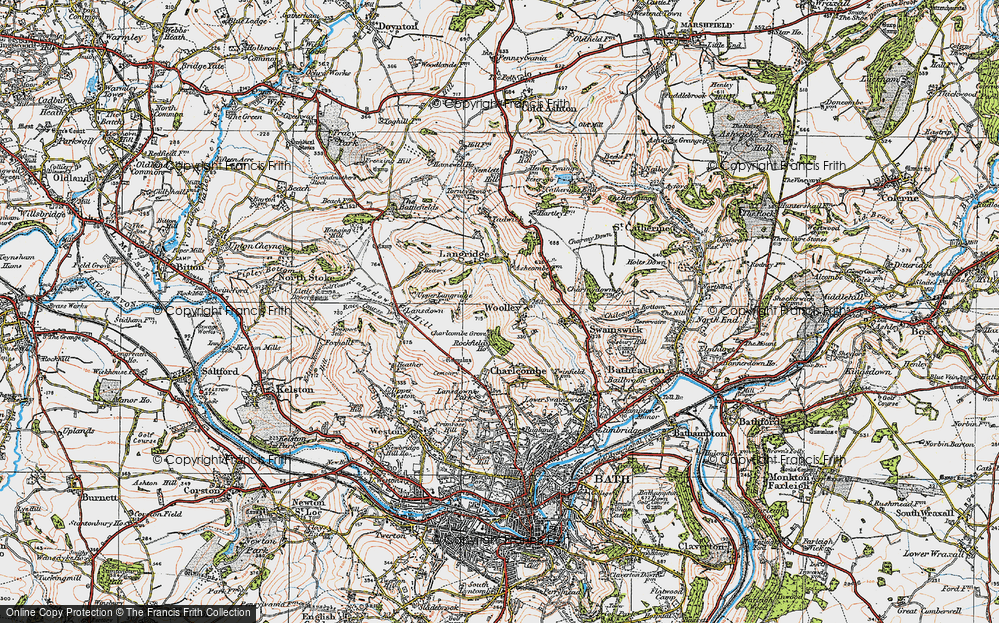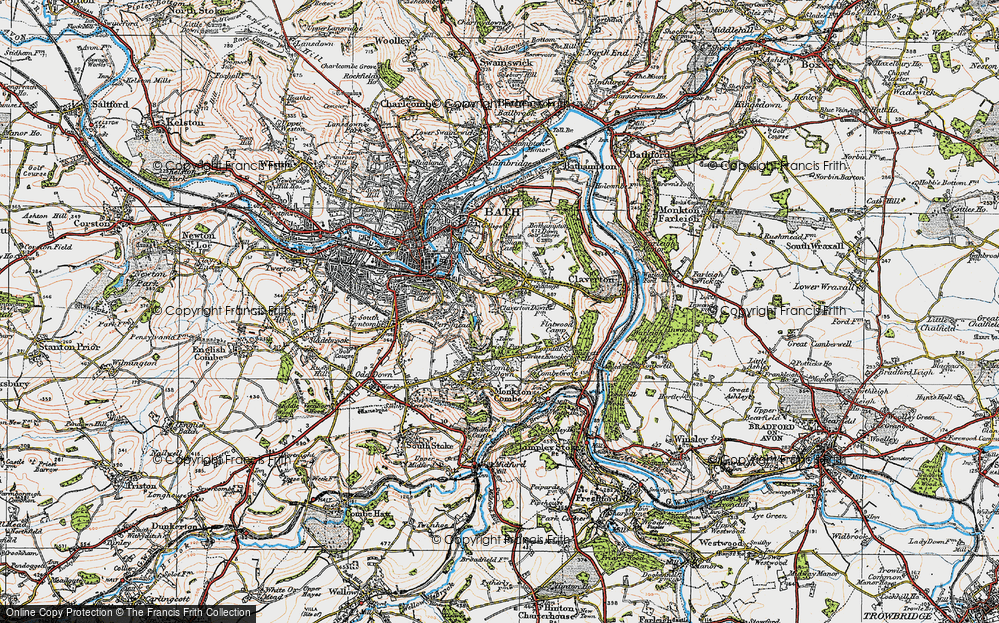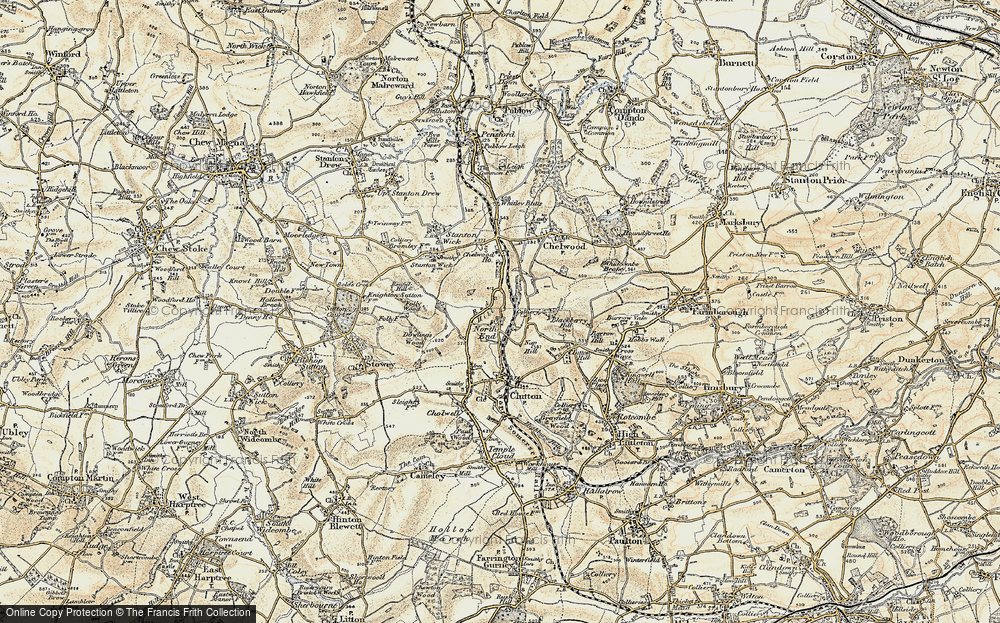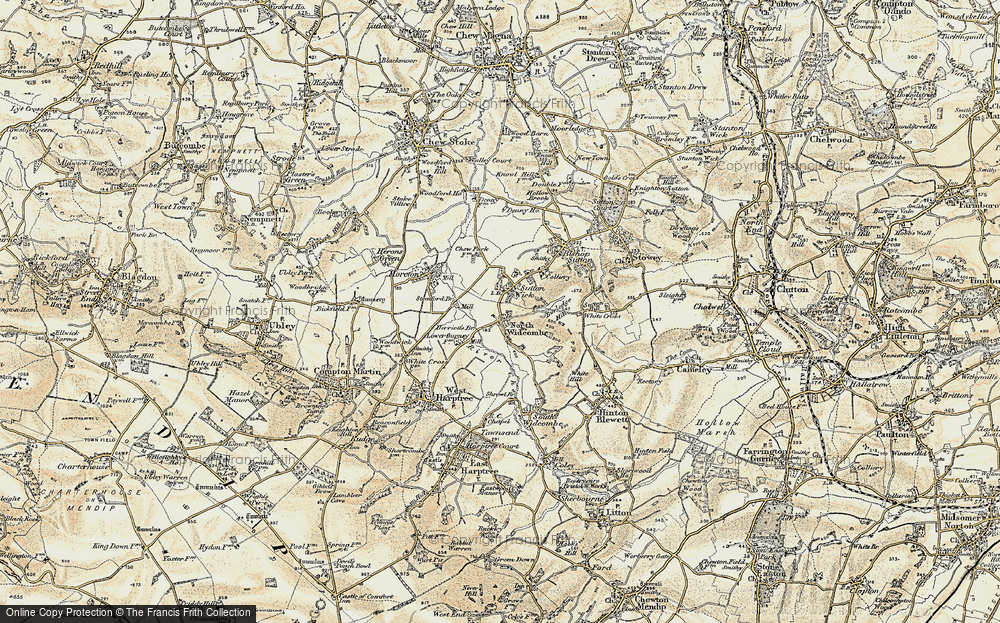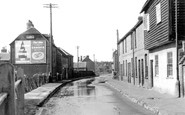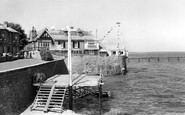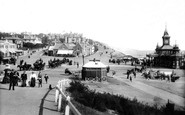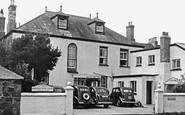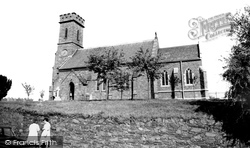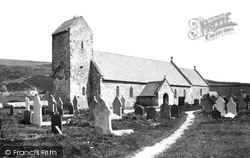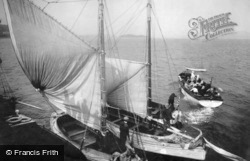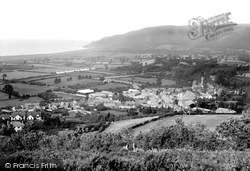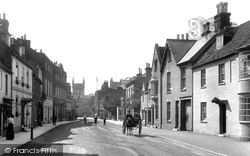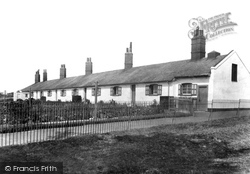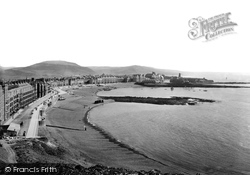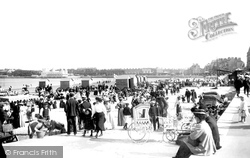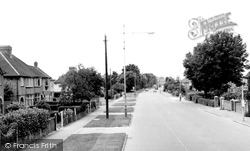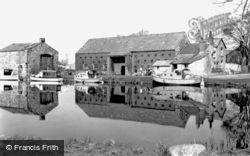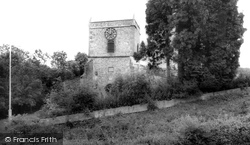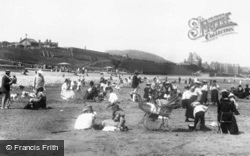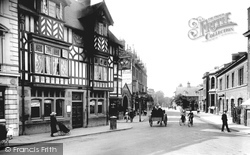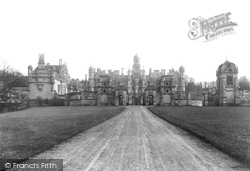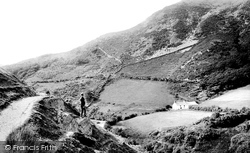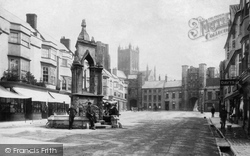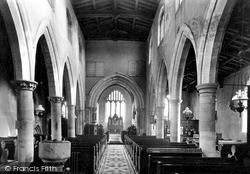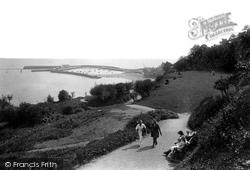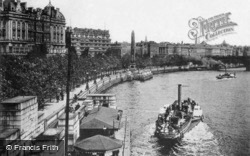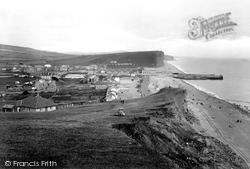Places
Sorry, no places were found that related to your search.
Photos
134 photos found. Showing results 581 to 134.
Maps
896 maps found.
Books
3 books found. Showing results 697 to 3.
Memories
540 memories found. Showing results 291 to 300.
My Mother's Memories Of Ospringe
After a time Mother married Charles Gamble, we called him Pop. He left the Merchant Navy and went to work on the Estate for my Grandfather. We got a house at Ospringe it was next door to a water mill. The water ...Read more
A memory of Ospringe in 1910 by
My Paradise
Way back in my childhood, brothers two and then plus me, Mom and Dad said let us pack our bags, and go down to the sea, Down to the railway station, our entourage did go, Comic books within our hands, cause, four hours, they went so ...Read more
A memory of Barmouth in 1940 by
My Special Place
My Seaview experiences started from shortly after I was born and go right up to the present day. I'm from Reading, Berks, but our whole family used to rent a big house somewhere in Seaview every summer for a holiday. I was born in ...Read more
A memory of Seaview by
My Childhood Home
I was born in 1944 and in July 1945 my father, Roland Broome (Roly) took over the tenancy of the Cannon Inn. I remember a very happy childhood with lots of friends. We spent a lot of time outdoors in all weathers.I especially ...Read more
A memory of Earsdon by
My Dear Home Town Of Bournemouth
I was born there in 1928, in Boscombe Hospital, Bournemouth, and lived in Bournemouth till 1962. There is no where like Bournemouth, lovely beaches, stores, theatres, the Chines, and Shell Bay. An excursion to ...Read more
A memory of Bournemouth in 1940 by
My First Holiday 1950.
My parents took me to Cruden Bay when I was born, that was in 1950. I still have the photograph, me in my pram ,with my dad at the bridge. Looking on was a well known old man, Willum Tait, he lived in the house opposite with ...Read more
A memory of Cruden Bay
My Golden Years At Stokes Bay
I was born in Gosport in 1929, my father was a long serving seaman in the Royal Navy and so our family life was all things navy - so Stokes Bay was a big part of our lives. I had three elder sisters who were ...Read more
A memory of Stokes Bay by
My Grandparents Home
My grandparents Isabella and Jack Lymer and my Uncle Victor Lymer lived above the cafe until my nan's death in 1968. When I was young it was the flat to the left as you look at the picture. It is now the hairdressers. My mum ...Read more
A memory of Newbiggin by
My Holidays In The 50's At Court Hall
I spent most of my school holidays, together with my brother Ronny, at Court Hall from July 1952 to approximately May 1955 - if my memory still serves. From those days. I have retained or rediscovered ...Read more
A memory of North Molton by
Captions
870 captions found. Showing results 697 to 720.
The church, which dates from 1840, lies to the south of the castle motte, and close to the busy A50 bypass.
The village overlooks the often windswept Rhosili Bay on the western edge of the Gower Peninsula. Tradition has it that the village is named after St Fili, who was possibly a son of St Cenydd.
Apart from the demolition of the late 18th-century house, in the centre, little has changed visually.
The village overlooks the often windswept Rhosili Bay on the western edge of the Gower Peninsula. Tradition has it that the village is named after St Fili, who was possibly a son of St Cenydd.
Many of the Morecambe Bay boats had names suggesting that they were bigger vessels, such as the 'Queen Mary' in the foreground -but she predated the Cunarder.
This view, from Parson's Hill between the deep tree-filled Hawk Combe and the A39, looks across the small town below to Hurlstone Point.
Note the first-floor bay window on the right.
This row of diminutive, white cottages provided accommodation for the Coastguards maintaining a watch along this busy stretch of the Kent coastline with its treacherous offshore sandbanks.
This is a very popular view of the town, showing the three bays separated by rock outcrops. The pier was built on one of these outcrops in 1865, only to be damaged in a storm the following year.
It was the early use of bathing machines that made Weymouth such a popular resort for sea bathing.The larger machines ran down into the water on rails and consisted of a number of cubicles.
This view looking towards town captures well the flavour of interwar development along the Tring Road itself.
Lancaster's beautiful canal, with its magnificent sea views of Morecambe Bay, was originally the vision of the factory owners of the locality, who were eager to connect their mills with the national canal
The Church of St Andrew is special. In the centre is the original church of about 960, which consisted of a nave and chancel with choir stalls and an 1880 organ. The church extends in all directions.
Of the fine climate of Colwyn Bay there can be no doubt whatsoever. Flowers bloom here until well on towards Christmas, and are out again in some profusion in February.
North Street was mainly residential in the early 20th century, with some splendid houses, including thatched cottages. They became derelict in the 1920s and were demolished in 1933.
Gregory Gregory, a bachelor, was probably responsible for as much of the design as his architects, Anthony Salvin and later William Burn, as it rose slowly throughout the 1830s and 1840s.
This former slate-mining village lies below Cadair Idris, cupped in the Dysynni valley between Tal-y-Llyn and Tywyn.
The town of Oban is only a little more than 200 years old. It owes its origins to when a fishing station was established here by the government Fishery Board in 1786.
Little has changed here: the cannon has gone, and the buildings between the gatehouses now have dormers.
The basic fabric of the church can be no later than the end of the Early English period, around 1300. The elegant five-bay north and south arcades are witness to this date.
This view looks southwards across Lyme Bay from the main path through Langmoor Gardens, which were given to the town by James Moly of Langmoor Manor, Charmouth.
A steamer, with a party of sightseers on board, has just left the quay heading down river. The women cluster at the stern under parasols. A little further along on the left is Cleopatra’s Needle.
A steamer, with a party of sightseers on board, has just left the quay heading down river. The women cluster at the stern under parasols.
This is a detail of the chalet zone which sprang up behind the 1897-built Esplanade (right), between the waterworks and the Salt House on Pitfield Marsh (left).
Places (0)
Photos (134)
Memories (540)
Books (3)
Maps (896)


